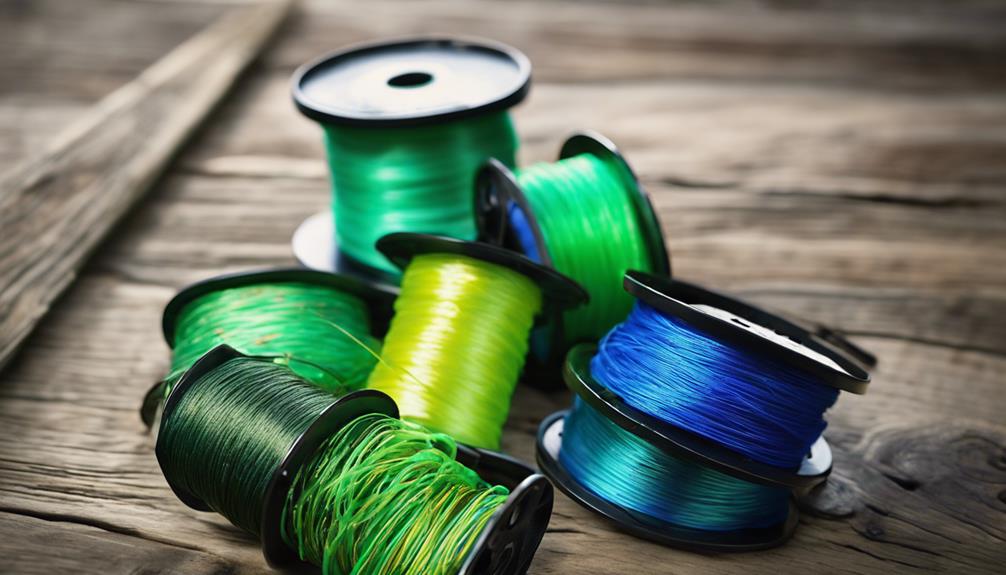Fishing enthusiasts understand the importance of having the right gear. One essential component of a successful fishing trip is a quality fishing fly kit. In this comprehensive guide, we will explore everything you need to know about fishing fly kits—from what they include to how to choose the best one for your needs. Whether you’re a novice angler or a seasoned pro, this guide will help you make informed decisions and enhance your fishing experience.
What is a Fishing Fly Kit?
A fishing fly kit is a collection of tools and accessories designed specifically for fly fishing. These kits typically include various types of flies, a fly box for storage, tippet and leader lines, and sometimes even a fly tying kit. The purpose of a fishing fly kit is to provide anglers with a convenient way to carry everything they need to catch fish using fly fishing techniques. With an array of flies designed to mimic the natural food sources of fish, a well-rounded fishing fly kit can significantly increase your chances of success on the water.
Why You Need a Fishing Fly Kit
Having a fishing fly kit is essential for several reasons. Firstly, it allows you to be prepared for different fishing conditions and species. Different fish are attracted to different types of flies, and having a variety on hand ensures that you can adapt to what the fish are biting on that day. Secondly, a fishing fly kit helps you stay organized. With a dedicated fly box, you can neatly store your flies, making it easier to find the right one when you need it. Finally, investing in a quality fishing fly kit can save you money in the long run, as you’ll be less likely to purchase individual flies or accessories separately.
Components of a Quality Fishing Fly Kit
When selecting a fishing fly kit, it’s important to understand the components that make it effective. A typical fishing fly kit includes:
1. Flies: Various patterns that mimic the natural prey of fish, such as insects or baitfish.
2. Fly Box: A durable container to keep your flies organized and protected.
3. Tippet and Leader Lines: Necessary for connecting your fly to the fishing line and ensuring the right presentation.
4. Tools: Such as forceps, snips, and floatant, which aid in the fishing process.
5. Fly Tying Materials: Some kits come with materials to tie your own flies, giving you the flexibility to create custom patterns.
These components work together to provide everything you need for an effective fly fishing experience.
Factors to Consider When Buying a Fishing Fly Kit
When shopping for a fishing fly kit, there are several factors to keep in mind to ensure you select the best one for your needs.
1. Skill Level: Beginners may want a kit with a variety of popular flies, while experienced anglers might look for specialized kits tailored to specific species or fishing environments.
2. Local Fishing Conditions: Research the types of fish available in your area and select a kit that includes flies suited for those species.
3. Budget: Fishing fly kits can vary significantly in price, from affordable starter kits to high-end options. Determine your budget beforehand to narrow your choices.
4. Quality of Components: Look for kits that include high-quality flies and durable materials. A well-constructed fly box is essential for protecting your investment.
Evaluating these factors will help you make an informed decision when selecting a fishing fly kit.
The Best Fishing Fly Kits on the Market
With so many options available, it can be overwhelming to choose the best fishing fly kit. Here are some highly-rated kits to consider:
1. Orvis Fly Fishing Starter Kit: Perfect for beginners, this kit includes everything from rods and reels to a variety of flies and accessories.
2. Wild Water Fly Fishing Kit: This all-in-one kit is designed for versatility and comes with a fly box, tackle, and a selection of flies for various conditions.
3. Loon Outdoors Fly Tying Kit: Ideal for those who want to tie their own flies, this kit offers a variety of materials and tools to create custom patterns.
Researching top-rated kits can help you find the perfect fishing fly kit that meets your specific needs.
How to Maintain Your Fishing Fly Kit
Once you’ve selected your fishing fly kit, proper maintenance is essential to ensure longevity and optimal performance. Here are some tips:
1. Keep Flies Dry: After a fishing trip, make sure to dry your flies properly to prevent mold and deterioration.
2. Organize Your Fly Box: Regularly check your fly box for any damaged or lost flies and replace them as needed.
3. Inspect and Replace Line: Periodically check your tippet and leader lines for wear and replace them to ensure strong connections.
4. Store in a Cool, Dry Place: Protect your kit from extreme temperatures and humidity, which can damage flies and tools.
By taking care of your fishing fly kit, you can enhance its lifespan and performance on your fishing outings.
Conclusion: Elevate Your Fishing Experience with a Fishing Fly Kit
A fishing fly kit is an essential investment for any angler looking to improve their fly fishing experience. By understanding the components, considering your needs, and maintaining your kit, you can enhance your chances of a successful fishing trip. Whether you’re just starting or looking to expand your gear, choosing the right fishing fly kit can make all the difference. Ready to catch more fish and enjoy the serenity of fly fishing? Start exploring your options today!
—
By following the guidelines outlined in this article, you can ensure that your fishing fly kit will serve you well, providing you with the tools you need to tackle any fishing adventure. Remember, preparation is key in fly fishing, and a well-equipped fishing fly kit is your best ally. Happy fishing!
